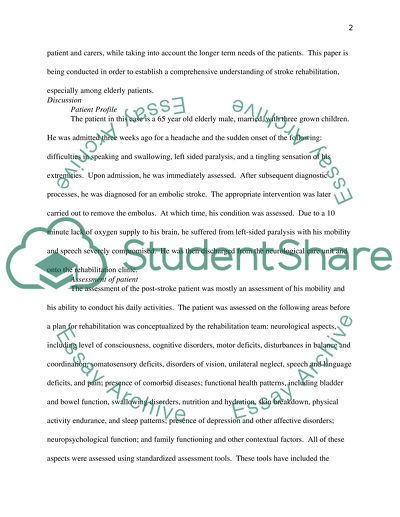Cite this document
(“Stroke Rehabilitation Essay Example | Topics and Well Written Essays - 4000 words”, n.d.)
Retrieved from https://studentshare.org/environmental-studies/1405551-stroke-rehabilitation
Retrieved from https://studentshare.org/environmental-studies/1405551-stroke-rehabilitation
(Stroke Rehabilitation Essay Example | Topics and Well Written Essays - 4000 Words)
https://studentshare.org/environmental-studies/1405551-stroke-rehabilitation.
https://studentshare.org/environmental-studies/1405551-stroke-rehabilitation.
“Stroke Rehabilitation Essay Example | Topics and Well Written Essays - 4000 Words”, n.d. https://studentshare.org/environmental-studies/1405551-stroke-rehabilitation.


